The health benefits of cacao are pretty impressive — but before you go reaching for a chocolate bar in the name of wellness let’s clarify a few things.
Adding cacao to your diet can help everything from glowing skin to lowering your cholesterol.
The catch is that if you want all the nutrients that are packed in the cacao bean, you’ll need to opt for raw cacao rather than you’re typical chocolatey products that have loads of processed sugars.
Disclaimer: This post contains affiliate links, which means that I will earn from qualifying purchases. On that note, my promise to you is that I never promote products that I don’t believe in.
What is Raw Cacao?
Raw cacao is coming from cacao beans that haven’t been processed or roasted. The chocolate that we are used to coming across in our day-to-day is processed through a method called Dutch Processing, which was created to reduce the bitterness giving it a mellower flavor that we are now used to having today.
While dutch processing was successful in creating a flavor that has become one of the world’s favorite sweets, by subjecting the beans to heat they lose somewhere between 60-90% of the benefits that raw cacao has.
Raw Cacao still has to be processed in order to soften the bean enough for us to eat it, but rather than using heat raw cacao is cold-pressed before it is turned into its final forms, such as cacao powder or cacao bars.
What are the Benefits of Cacao?
Now let’s get into the good stuff, the benefits of cacao:
Cacao is Rich in Antioxidants
Cacao beans are packed with Polyphenols, which are natural antioxidants. In particular raw cacao has an abundance of flavanols, which have some of the most potent antioxidant and anti-inflammatory effects.
While you might have heard that blueberries are one of the best things to eat for a diet rich in antioxidants, raw cacao actually has 40x more antioxidants than blueberries.
Now you might be wondering, that’s great but what are antioxidants good for anyways?
Antioxidants are what fight free radicals in our bodies. Free radicals are toxins that cause harm to our bodies on a cellular level. They cause damage to our DNA which can cause cardiovascular disease and certain types of cancer.
Unfortunately, free radicals come into our bodies through multiple sources. From Air pollution and cigarette smoke to alcohol and radiation from things like sunbathing, free radicals are around us all the time. This is why it’s important to make sure your diet is rich in antioxidants.
If we look at cacaos ORAC score, which measures the ability of antioxidants to absorb freed radicals — cacao receives an impressive 98,000 per 100g, whereas blueberries come in at 2,400 per 100g.
Cacao is a Natural Mood Booster
After sipping a cozy hot raw cacao, or adding powered cacao to your morning smoothie you might feel more relaxed and overall happier. This isn’t because of the incredible sensorial pleasure that comes with the rich taste of cacao, although that doesn’t hurt.
Cacao beans have not only one, but six of the scientifically proven happy chemicals: Serotonin, Anandamide, Theobromine, Tryptophan, Tyrosine, and Phenylethylamine. This is why some people believe that having cacao in your diet on a regular basis helps ease depression and makes us overall happier.
More Calcium than Milk
Something you might not have thought about is that cacao has more calcium than cow’s milk. With 160mg per 100g whether you’re looking for a plant-based source of calcium, or you want an alternative form of calcium to keep your bones strong, cacao has got you covered.
Cacao is a Brainfood with loads of Magnesium
Cacao is one of the highest sources of magnesium. On a cellular level magnesium is extremely important because it’s needed by every cell in our body to function.
Magnesium keeps our brains sharp by turning glucose into energy. This fights brain fog and gives us more focus and clarity. This makes cacao not only a superfood but also a brainfood.
While being low on magnesium normally doesn’t have any noticeable side effects outside of brain fog, having enough it has numerous benefits to our body. Such as helping our muscles recover after strenuous workouts, reducing inflammation, and increasing the quality of our sleep.
Cacao is a Coffee Alternative
Looking to cut back on Coffee? Brewed cacao makes a great alternative to your daily cup of joe. While cacao doesn’t have as much caffeine per cup as coffee, it still has enough caffeine to give you a boost. Plus it’s easier on the body with a more neutral pH value than coffee which is acidic.
How Do You Eat Raw Cacao?
Now that you know all the benefits of raw cacao you’re probably eager to start incorporating it into your diet. There are many forms that you can buy raw cacao in, they’re all great so which you should get just depends on what you plan on doing with it.
Raw Cacao Nibs
Great for adding a crunch to your granola or smoothie bowl, or just to snack on throughout the day.
My go-to Cacao Powder is Nativas Raw Organic Cacao Nibs: Find them on Amazon here
Raw Cacao Paste (Bars/Chips)
This is what is used in cacao ceremonies. They are many different types coming from different origins with different levels of bitterness or intensities. This is what I buy for my morning cacao ritual every morning. I melt it on the stove in plant-based milk.
My go-to raw cacao paste is from Ora Cacao:
I like Ora because they explain which mood each cacao is for, and which activities it suits best.
Get 5% off when you use my Ora Cacao Coupon code: MAIACONSCIOUSLIVING
Raw Cacao Beans
The crunchy cacao beans can be eaten as an energy–boosting snack. I like to eat them in the afternoon when I normally would want to have a coffee to keep me alert.
My go-to cacao beans are Yupik’s Organic Raw Cacao Beans:Find them on Amazon here
Raw Cacao Powder
Sprinkle it over fruit, or add it to almost anything to get a rich chocolatey flavor without the processed sugar that comes with cocoa powder.
My go-to Cacao Powder is Nativas Raw Organic Cacao Powder: Find it on Amazon here
Raw Cacao Butter
Cacao butter is perfect for making all the decadent sweets a little more nutritious. You can blend it into frostings, any sweet sauces, and warm drinks, like creamy lattes.
My go-to Cacao Butter is Nativas Raw Organic Cacao Butter: Find it on Amazon here
Unlock the Ancient Magic of Cacao at Home
Discover the Power of Cacao with Our All-Inclusive Ritual Guide and Audio Meditations.
Good to Knows & FAQs About Cacao
When we talk about cacao ceremonies or ritual cacao, we’re not talking about chocolate.
We’re talking about ceremonial grade raw cacao.
This cacao is specifically grown, harvested, and prepared with the intention of being used in traditional ceremonies and rituals.
Purity and Quality: Ceremonial grade cacao is made from heirloom cacao varieties, typically grown in specific regions, often in Central and South America.
The beans are minimally processed, usually stone-ground, and cold pressed. It is always free from additives such as sugar, dairy, or artificial flavorings.
Energetic and Spiritual Connection: This cacao is considered sacred and is often used in spiritual practices for its ability to open the heart, enhance meditation, and create a sense of connection with oneself and others.
The process of preparing and consuming the cacao is done with mindfulness and intention, often as part of a ceremonial gathering.
Sourcing and Sustainability: Ceremonial grade cacao is typically sourced from small, family-owned farms that follow traditional farming practices.
The production often supports indigenous communities and helps to preserve the cultural heritage associated with cacao cultivation.
Want to learn more? Read our article about the difference between cacao and cocoa.
Every cacao ceremony or cacao ritual looks a little different, but there’s always the undertone of connecting with yourself, the others there and opening your heart.
This cacao ritual is set up in the following way:
- Preparing the Cacao Mindfully
- Opening the circle with intention
- The Mindful First Sip Ritual
- Guided Meditation & Sound Bath
- Sharing and Closing the circle
A cacao ceremony offers profound effects on both the energetic and spiritual levels. The ceremonial grade cacao, revered as sacred, acts as a powerful heart opener, gently facilitating emotional release and deepening our connection to the present moment.
When consumed in a mindful, intentional setting, this cacao enhances meditation, allowing participants to access heightened states of awareness and inner clarity.
The ceremony itself becomes a space for spiritual exploration and healing, where the shared experience of cacao creates a sense of unity and connection with others.
As the cacao works to open the heart, it invites us to connect more authentically with our emotions and with those around us. This energetic shift often leads to a profound sense of love, compassion, and interconnectedness.
The history of cacao ceremonies dates back thousands of years to ancient Mesoamerican civilizations, particularly the Mayans and the Aztecs, who revered cacao as a sacred plant.
Cacao was considered a divine gift from the gods, often associated with fertility, abundance, and the spirit of the earth. The Mayans referred to it as “the food of the gods,” and they integrated cacao into their religious practices, using it in rituals to connect with the divine and to offer blessings to their deities.
The Aztecs, too, held cacao in high esteem, using it in ceremonies to honor their gods, as well as in rites of passage, marriages, and other significant life events. For these cultures, cacao was not merely a food or drink but a powerful spiritual tool that bridged the human and the divine realms.
Unlike its ancient usage, which was deeply tied to specific cultural and religious practices, modern cacao ceremonies are often more eclectic and adaptable, blending traditional elements with contemporary spiritual practices.
These ceremonies are typically centered around the mindful preparation and consumption of ceremonial grade cacao, creating a sacred space for participants to connect with themselves and each other on a deeper level.
The emphasis is on using cacao as a heart-opening tool to facilitate emotional healing, introspection, and connection, often accompanied by meditation, breathwork, chanting, or other mindfulness practices.
In today’s cacao ceremonies, there is also a strong focus on the communal aspect, with participants coming together in a circle to share their intentions, experiences, and energies.
The setting can vary widely—from intimate home gatherings to larger events in wellness centers or nature retreats—but the core intention remains the same: to create a space of love, openness, and spiritual connection. This modern approach often emphasizes inclusivity, making the ceremonies accessible to people from diverse backgrounds and spiritual beliefs.
Additionally, there is a growing awareness of the importance of honoring the origins of cacao and the indigenous cultures that have traditionally used it, leading many facilitators to incorporate elements of cultural respect and education into their rituals.
Location:
- Place the altar in the center of the circle where participants will gather.
Foundation:
- Choose a cloth or mat as the base for your altar.
- Use something with spiritual significance or a design that resonates with the ceremony’s energy.
Natural Elements:
- Earth: Include crystals, stones, or plants.
- Air: Add feathers, incense, or an item representing the wind.
- Fire: Place candles or a small fire-safe item.
- Water: Incorporate a bowl of water, seashells, or flowers.
Cacao:
- Place the prepared cacao or raw cacao beans at the center of the altar.
Four Directions (optional):
- Include symbols for north, south, east, and west to honor balance and harmony.
Personal Items:
- Add items of personal spiritual significance, such as a talisman, photo, or sacred text.
Mindful Arrangement:
- Arrange the altar with intention, focusing on the energy you want to bring into the ceremony.
You can have a cacao ceremony anytime, but doing it with intention for something specific could include:
Full Moon:
- A powerful time for releasing what no longer serves you.
- Use the ceremony to set intentions for letting go and embracing new opportunities. Along with your other full moon rituals.
- The heightened energy of the full moon enhances emotional clarity and connection.
New Moon:
- Perfect for setting new intentions and planting seeds for the future.
- Focus on manifestation, new beginnings, and personal growth.
- The new moon’s energy supports deep introspection and renewal.
Seasonal Changes:
- Mark the transition of seasons (e.g., equinoxes and solstices) with a ceremony.
- Honor the cycles of nature and reflect on your own growth and transformation.
- Use this time to align with the natural rhythms of the earth.
Personal Milestones:
- Celebrate birthdays, anniversaries, or significant life events.
- Use the ceremony to reflect on your journey and set intentions for the year ahead.
- Gather loved ones to share in your celebration and strengthen connections.
Times of Transition:
- Hold a ceremony during periods of change, such as moving to a new home, starting a new job, or ending a relationship.
- Use cacao to ground yourself, find clarity, and embrace the new chapter in your life.
Special Gatherings:
- Host a ceremony as part of a retreat, workshop, or community event.
- Use the shared experience to build connections and foster a sense of unity among participants.
- Create a safe space for collective healing and spiritual exploration.
While some health food stores may carry ceremonial-grade cacao, sourcing it from trusted online suppliers is recommended to ensure quality and authenticity. Two of my favorites are:
Both offer a generous discount for Maia readers, with the codes ‘MAIACONSCIOUSLIVING’ and ‘MAIA’ respectively.

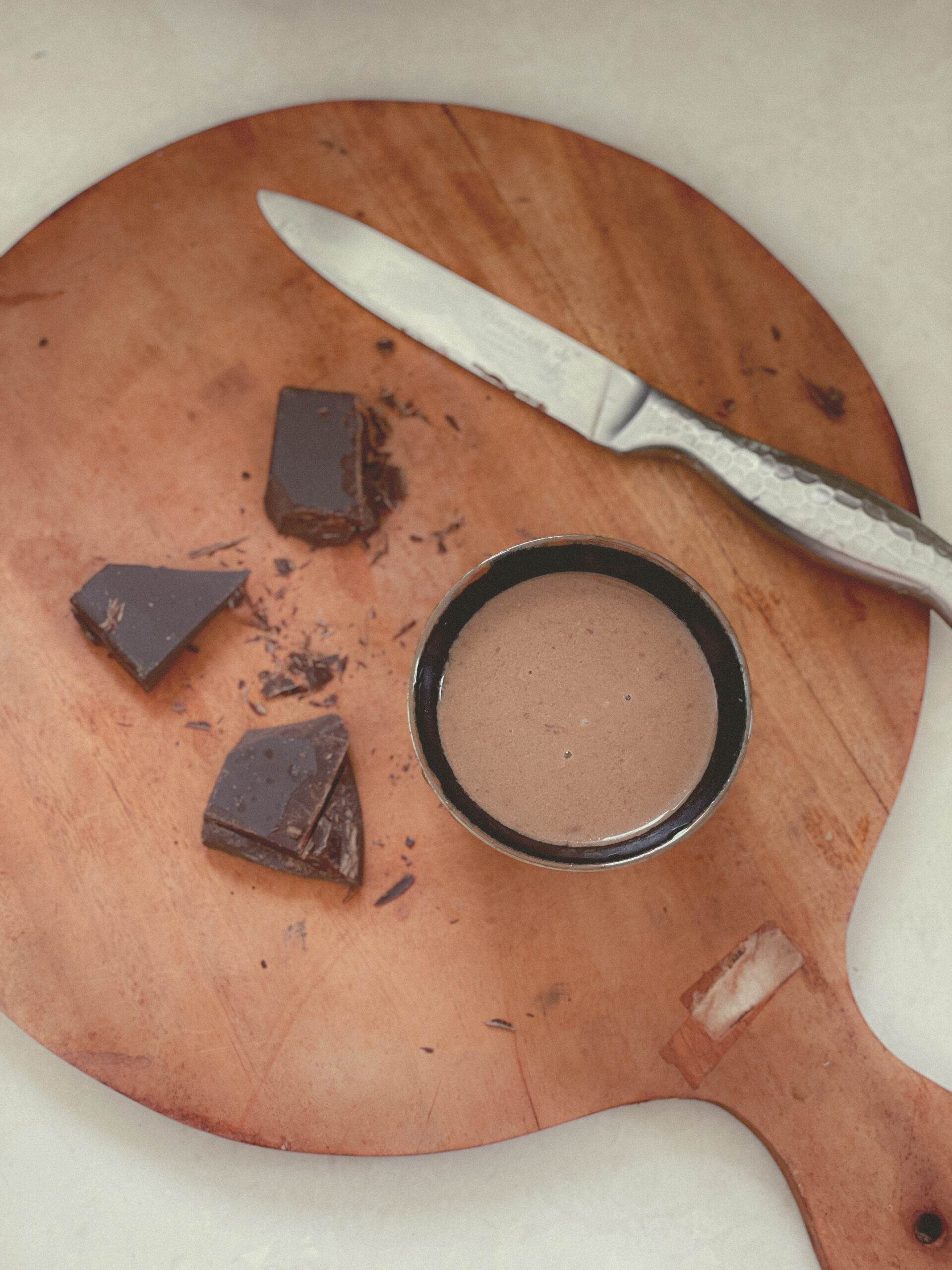

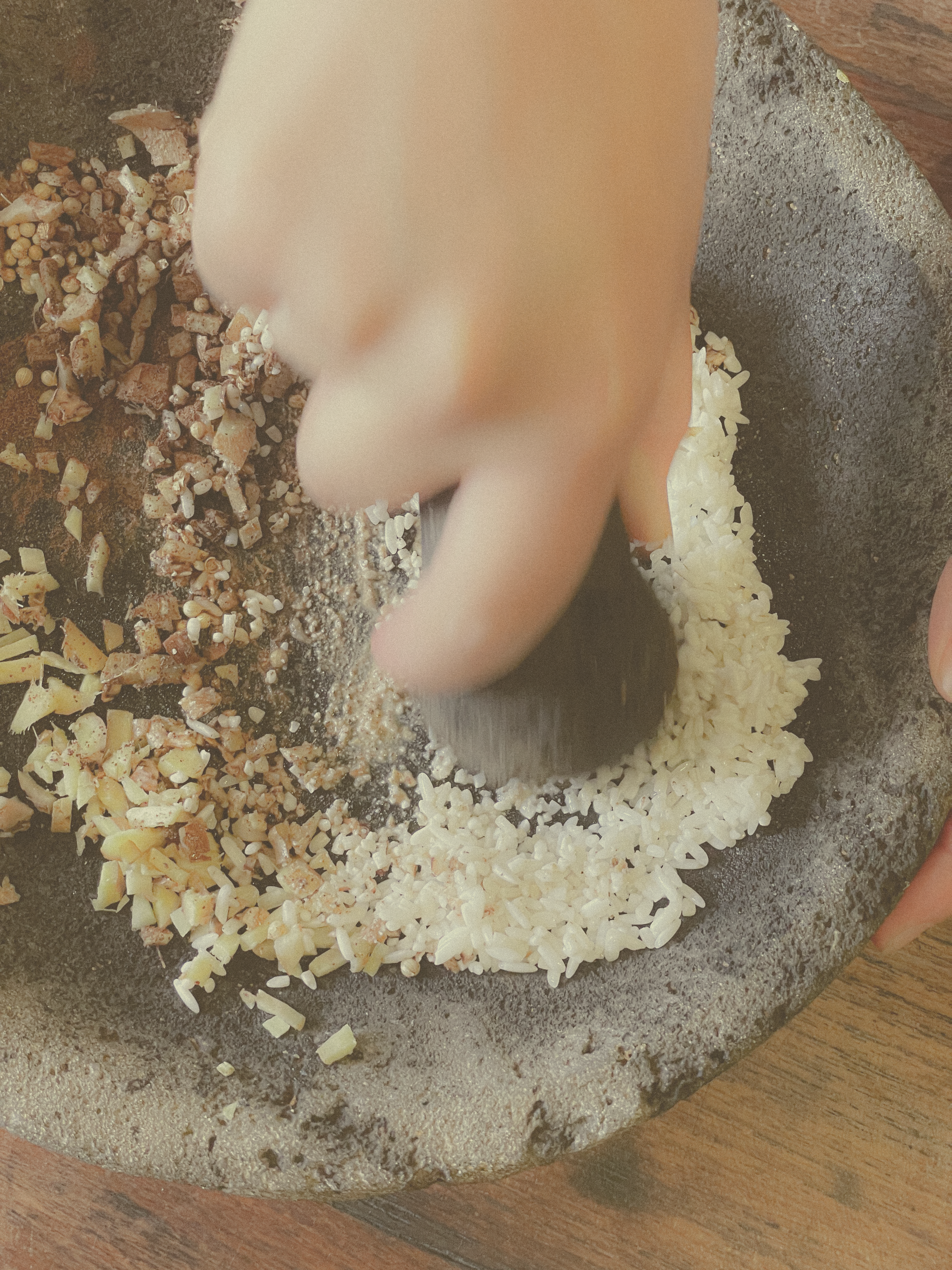


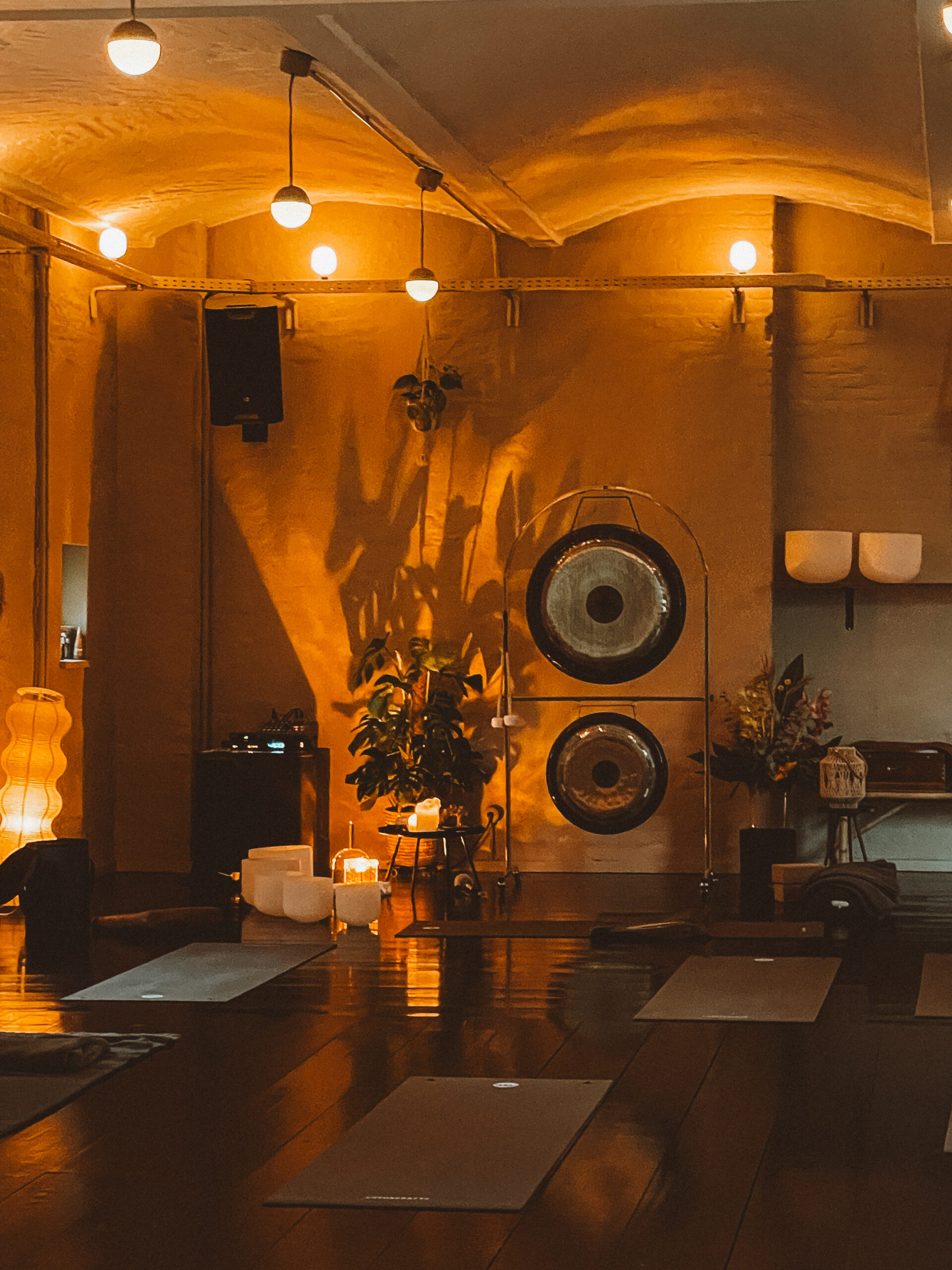

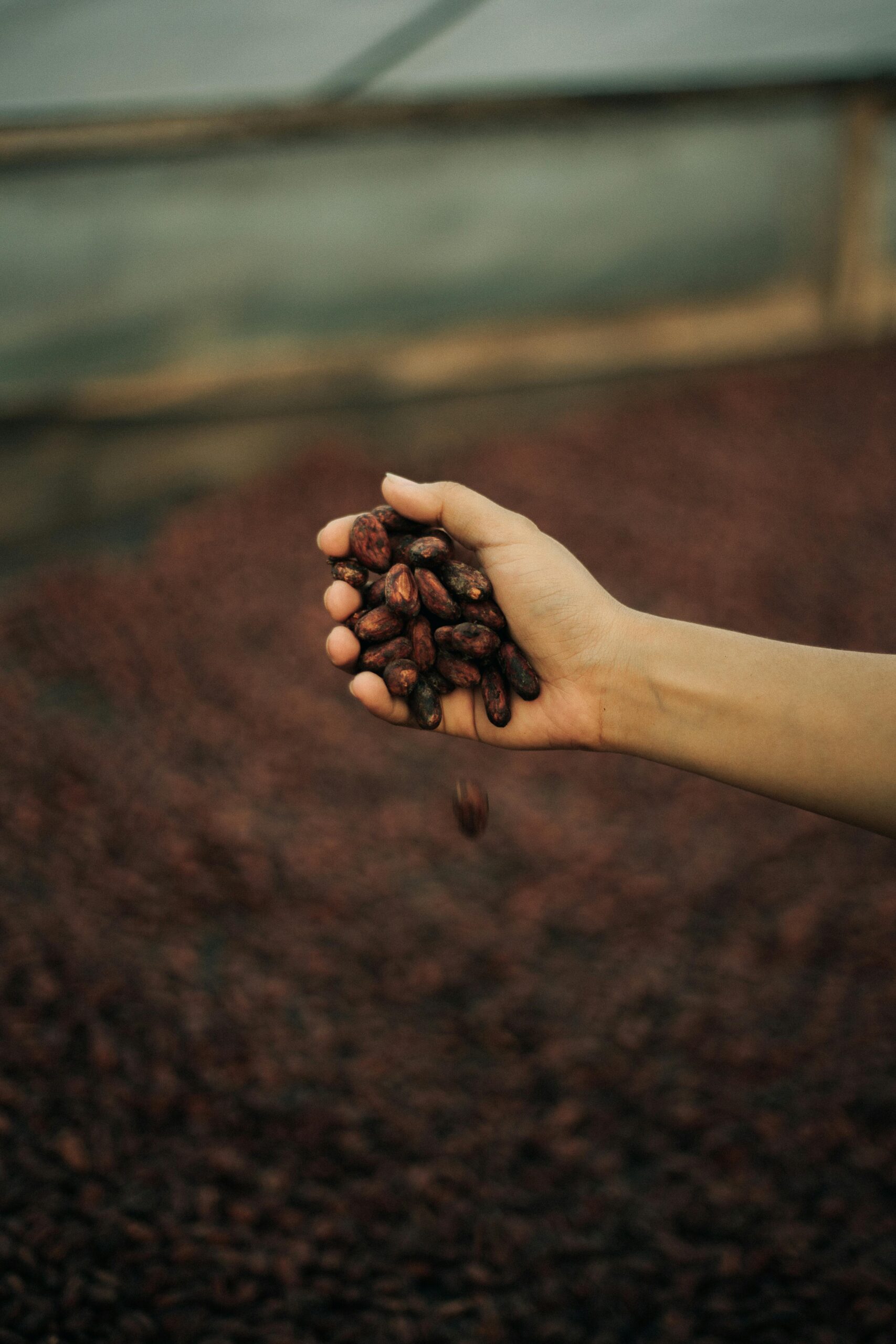
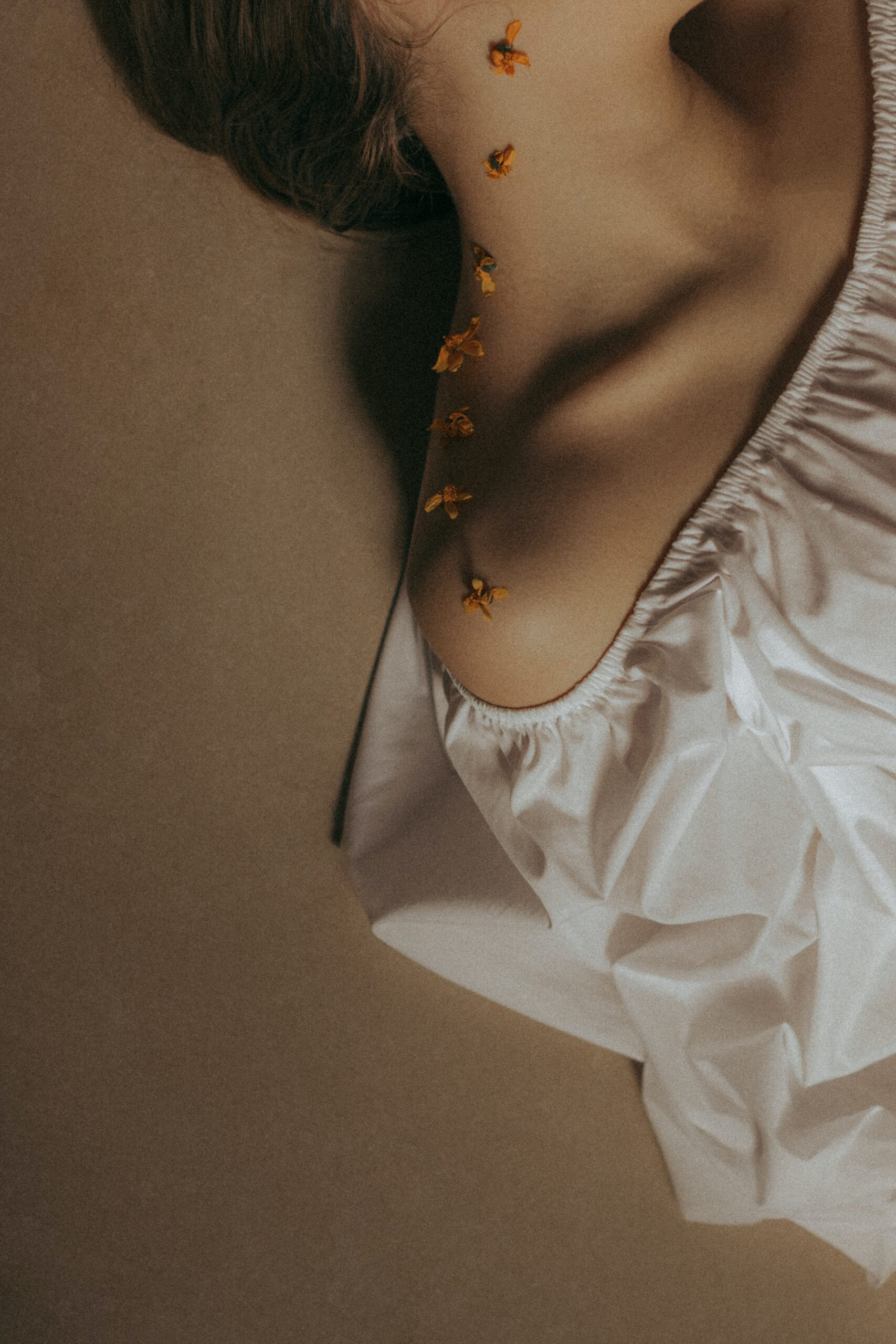
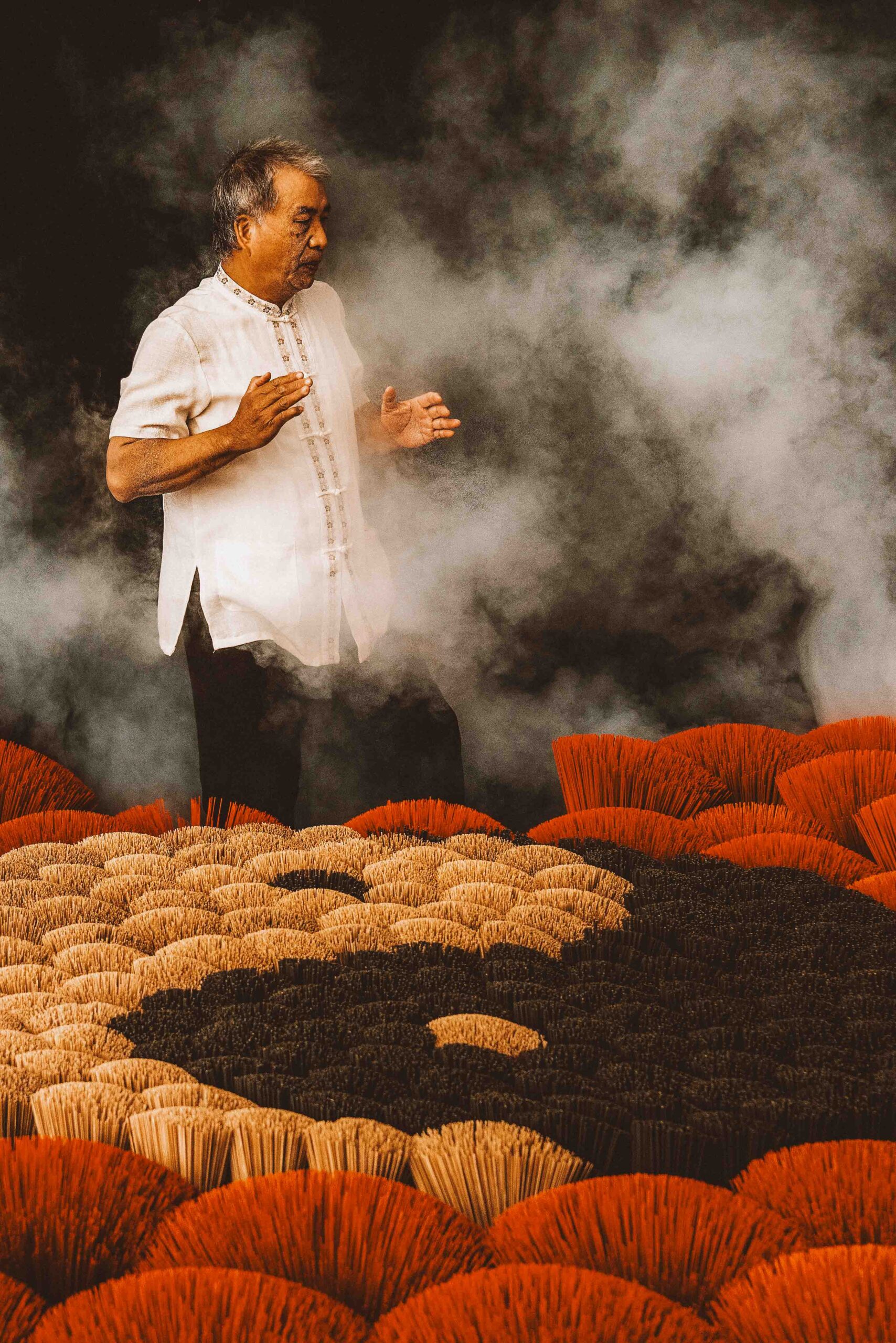
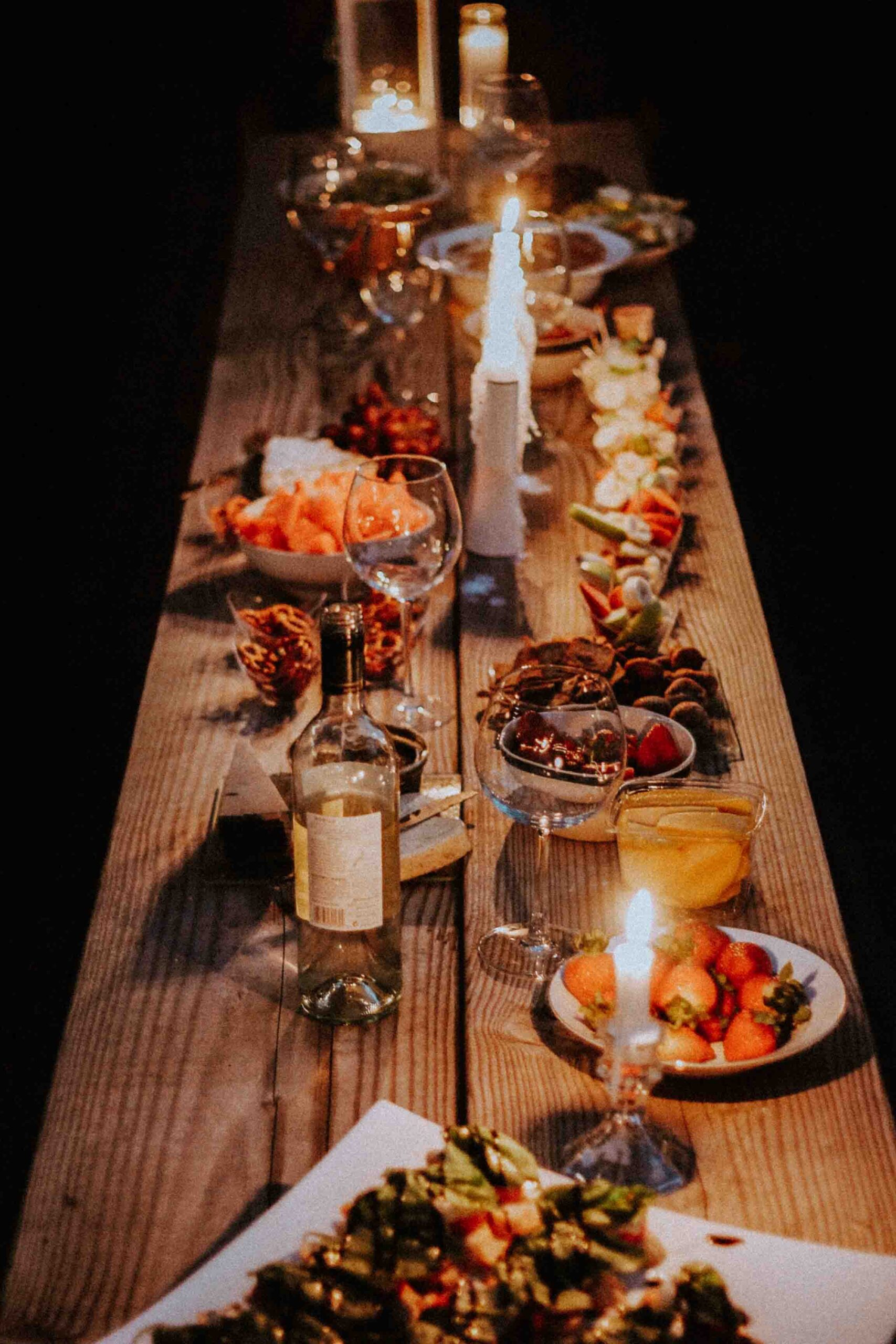
One Response